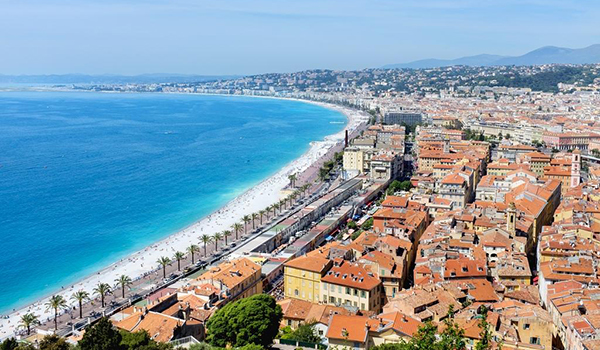When is it best to begin planning your trip to Europe? Though some experts disagree, the majority of them say that it’s just after the start of the new year, when air tickets tend to be priced at their lowest level. The optimum advance period is 120 days (four months), which means that a smart traveler purchases those tickets in January or February for a departure and stay in May or June.

But what about a trip in July and August? There are many reasons not to travel in Europe during those months — crowds, high hotel rates, jam-packed museums — but for those high-season months, there’s now an additional negative reason: weather.
For the past three years, the southern half of Europe has been hit by successive heat waves. During much of July and August, there have been countries experiencing several days at a time of temperatures higher than 100 degrees Fahrenheit. And when a European country is that hot, the lack of air conditioning in most accomodations can make matters dangerous indeed. Elderly people or people with health conditions often are advised to avoid Southern Europe during these times of global warming.
January and February also are the period when the short-term apartment rentals for late spring and early autumn are most available. Apartment accommodations now are heavily chosen by tourists for the authenticity of the experience.
Low-cost hostel accommodations also are wide open for booking in January and February for later stays. The young people who make use of hostels are notorious for not planning ahead, which means a lack of competition for these increasingly comfortable digs.
So, don’t delay — make use of the winter months for making your plans, and you’ll enjoy major advantages when you later embark on a travel adventure to Europe.
Source: The Ledger
